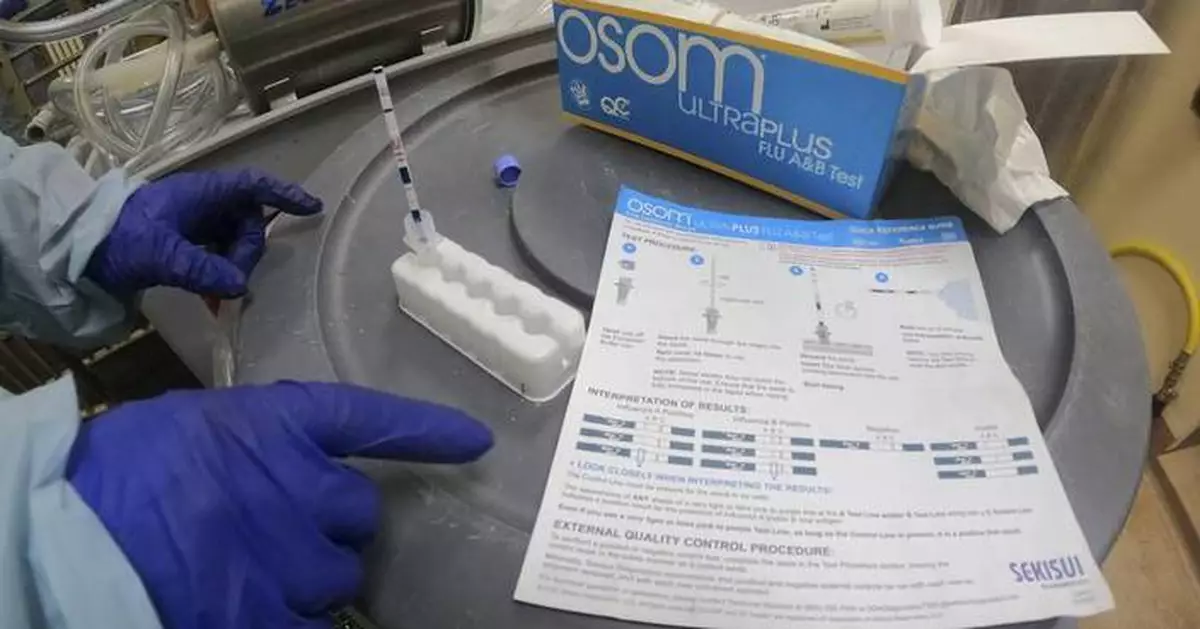USDA Testing for Bird Flu in Milk Amid Health Concerns
Published by ZexNews | Updated on 2025
Why Is USDA Testing for Bird Flu in Milk?
The U.S. Department of Agriculture’s decision to test milk for signs of bird flu stems from recent studies and increasing outbreaks across livestock and poultry sectors. While bird flu primarily impacts birds, the possibility of cross-contamination between species or within the food production chain has raised alarms.
Experts believe that testing dairy products, including milk, adds an extra line of defense in mitigating risks that could otherwise affect millions of individuals reliant on dairy for nutrition.
Recent data by CDC highlights the ongoing surge of avian influenza cases in the United States. Although the likelihood of bird flu entering the milk supply chain has been deemed “low,” health organizations recognize the importance of vigilance.
Understanding the Bird Flu-Outbreak and its Implications
Bird flu, or avian influenza, is a viral infection primarily affecting wild birds and domesticated poultry. According to World Health Organization (WHO), certain strains of the virus, like H5N1, can occasionally infect mammals, including humans. Although these cases remain rare, transmission often occurs through direct contact with infected birds or contaminated surfaces.
Could Milk Be a Carrier?
While there’s currently no conclusive evidence suggesting milk as a direct carrier for bird flu, birds can indirectly affect livestock. Shared or unsanitary conditions in farming environments may increase the risk of pathogens spreading across species. Comprehensive testing allows authorities to address potential “what if” scenarios before they escalate into a larger crisis.
How Does USDA Testing For Bird Flu in Milk Work?
The USDA uses cutting-edge diagnostic tools capable of detecting micro-contaminants and pathogens within liquid samples, including milk. These tests not only identify immediate risks but also help regulators establish patterns in contamination, if detected.
Steps in Milk Contamination Testing
- Sample Collection: Random milk samples are collected from various dairies nationwide.
- Laboratory Analysis: State-of-the-art labs analyze the samples, searching for traces of influenza subtypes that may point to avian origin.
- Outcome Review: Results are thoroughly reviewed to determine if minute traces of pathogens exist or warrant additional tests.
Impact on Dairy Industry and Public Concerns
The USDA’s initiative has significant implications for both dairy producers and consumers. Dairy farmers are under pressure to maintain stringent hygiene protocols, while consumers are experiencing heightened awareness of supply chain transparency.
Encouraging Higher Standards
This move emphasizes the importance of higher sanitation standards within the agriculture industry. Producers must now ensure that their livestock isn’t exposed to environments at risk of contamination.
For customers, knowing that extensive precautions are being taken to test products boosts confidence in the safety of dairy items like milk, cheese, and yogurts.
What Can Consumers Do?
While the government is ramping up its proactive measures, it’s critical for individuals to do their part. Always purchase dairy products from reputable suppliers. Look for safety certifications or assurances from manufacturers about rigorous health screenings.
Additionally, stay updated on food safety news. For recent stories or developments related to bird flu and other public health concerns, visit our reliable news platform — ZexNews.
Final Thoughts
The USDA testing for bird flu in milk is a clearly necessary step in responding to the growing complexities of global health concerns. While the likelihood of contamination remains low, efforts like these safeguard public confidence and health, ensuring that the U.S. food system maintains its strong safety reputation.
In times of uncertainty, proactive measures like this serve as a reminder for everyone to prioritize collective safety and remain informed. For more insightful news, don’t forget to check ZexNews regularly!
“`





